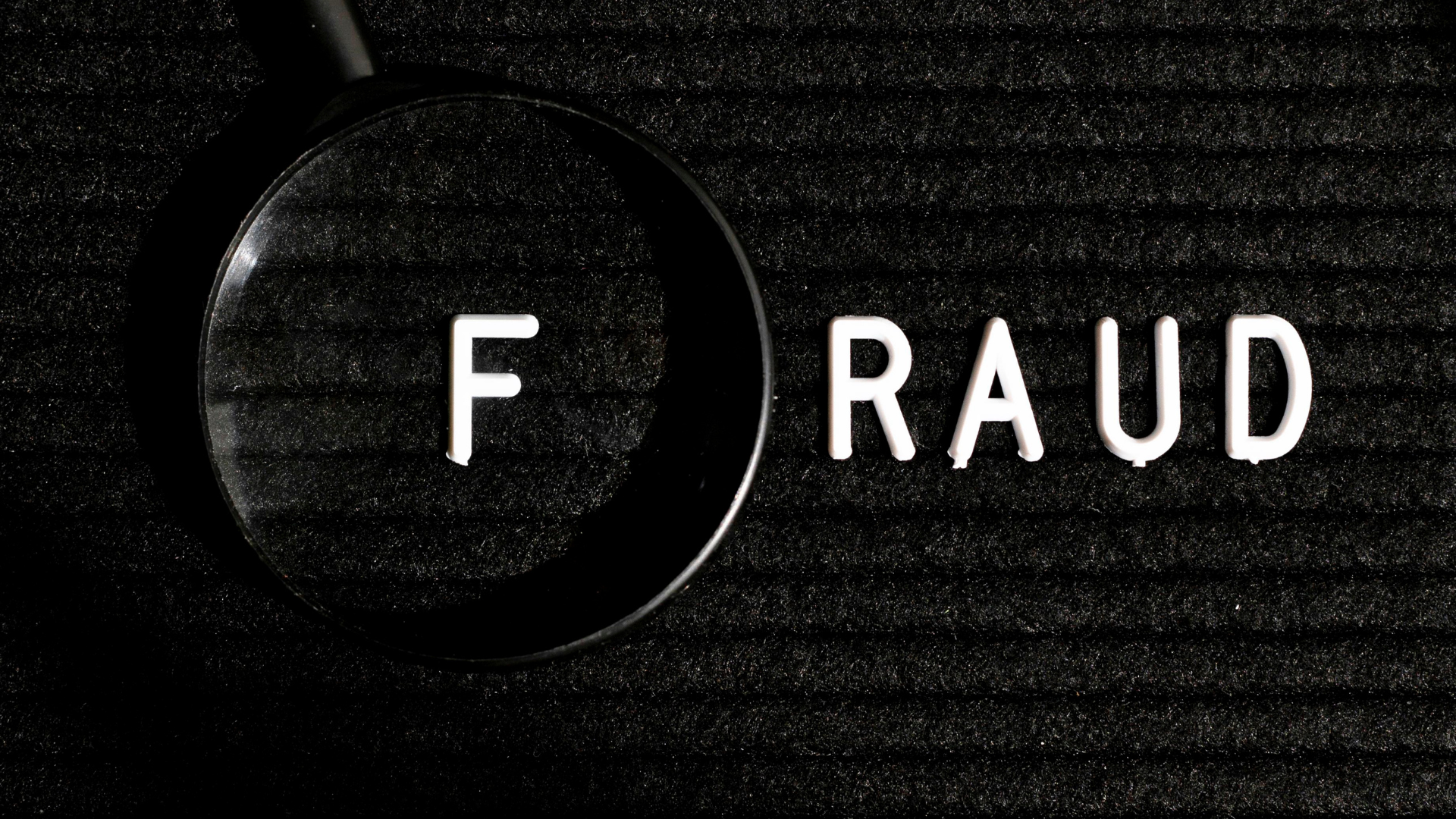Finding the perfect candidate can be an arduous process. It involves a lot of investment in the way of time and energy, but it’s an entirely necessary evil. Understanding what makes the process tick can go a long way to demystifying and streamlining things, however. By understanding the clear delineation between the phases of the recruitment process, you will be better able to manage expectations and timelines for all parties. From the beginning to the end, knowing what is happening behind the scenes at each phase will enable you to react more nimbly and make better decisions at every turn, whether you’re doing the hiring yourself or working with a recruiting partner.
Phase One: The Intake
During the intake phase, it is critical to get consensus from all stakeholders. Never assume that everyone is on the same page and has the same candidate profile in mind. If you fail to have these discussions at the outset, you run the risk of wasting a lot of time, money, and effort going after the wrong candidates. Make sure you ask for input from everyone who will be involved in the hiring decision, including any “must haves” or “can’t dos” so that you have a clear picture of who you are looking for. If you are working with any external recruiting partners, share as much of this information as you possibly can, so that they will be able to find you the best candidates for the job.
Phase Two: Candidate Sourcing
The second phase generally involves a lot of research and legwork on the computer and/or phone. If you are working with a recruiting partner, a lot of this legwork will hopefully be their burden to bear. This part of the process can be one of the longest, so don’t be surprised if it takes a bit of time before you start seeing resumes that fit the bill. If you post your job description online, you’ll have to spend a fair amount of time weeding through resumes. Sourcing candidates should ideally also include the strategic outreach to passive candidates whose backgrounds would be a great fit. It is critical not to stop this phase once you’ve started. Even if you think you have the perfect candidate, there are any number of ways that falloff could occur, so even if you ramp down a bit, be sure to keep the sourcing going until you have your hire made.
Phase Three: Interviewing
The interview phase is different for every organization and may even differ from position to position. In some cases, one onsite could be all it takes to decide to make an offer. In others, there are flights to arrange, calls to schedule, and a host of stakeholders for potential candidates to meet. Make sure you have a clear roadmap of what the interviewing process will look like before you start looking to schedule. Set candidates’ expectations ahead of time and try to minimize the time that elapses during this phase.
Phase Four: Making an Offer or Starting Over
After phase three comes the moment of truth. Either you have a viable candidate who’s emerged, or you must start over. Sometimes, unfortunately, it may be both. Even if you make an offer, you have no guarantee of acceptance; this is why it is so critical to continue sourcing candidates even as you progress through the other phases of the recruitment process. If you don’t find yourself with a viable candidate, revisit the intake stage and see if there are any areas where you were perhaps too specific or where you may have missed the mark on the ideal profile.
While this may be a somewhat oversimplified version of the work and the time that goes into successfully navigating the recruitment process, it does give you an idea of what you should be focused on at each juncture. From the moment you realize you have an opening until the moment your new hire walks through the door, you should be fully engaged in this process. Be sure to keep your recruiting partners in the loop at each phase as well. If you can manage to do all of this, you’ll find that the process runs much more smoothly and you will insure against any costly lulls.



